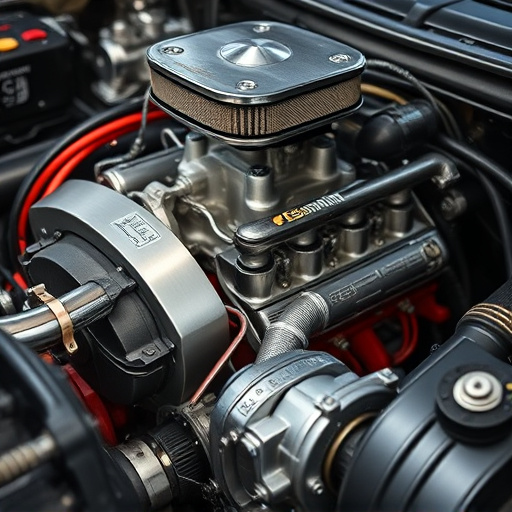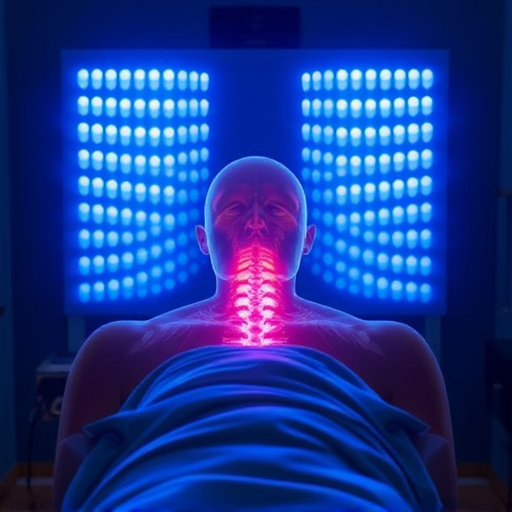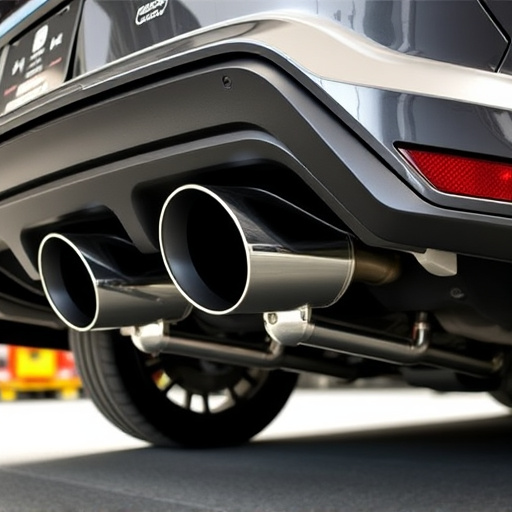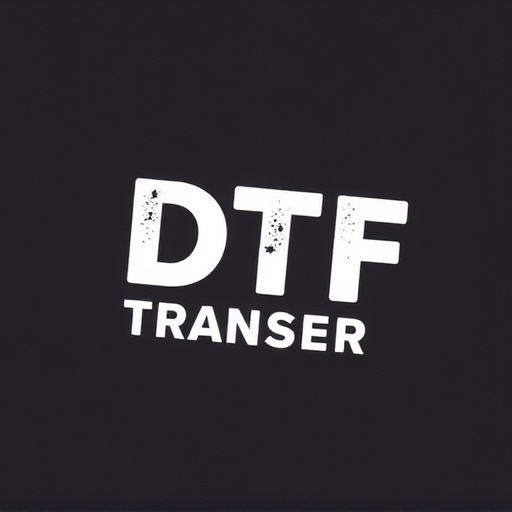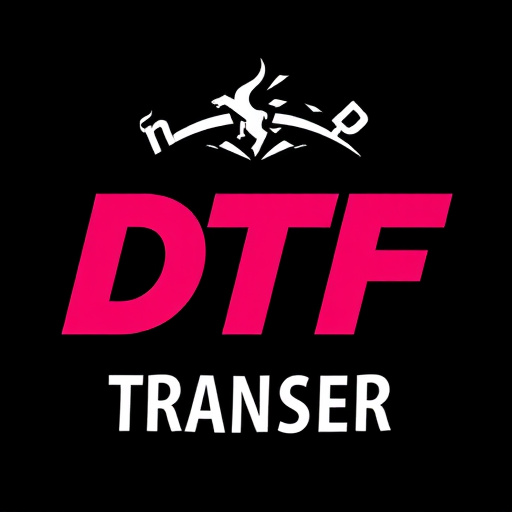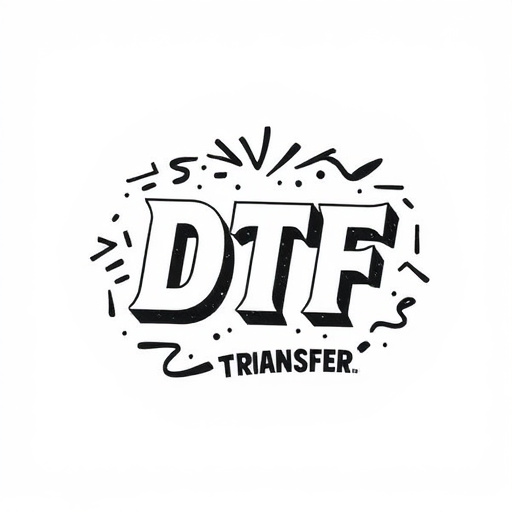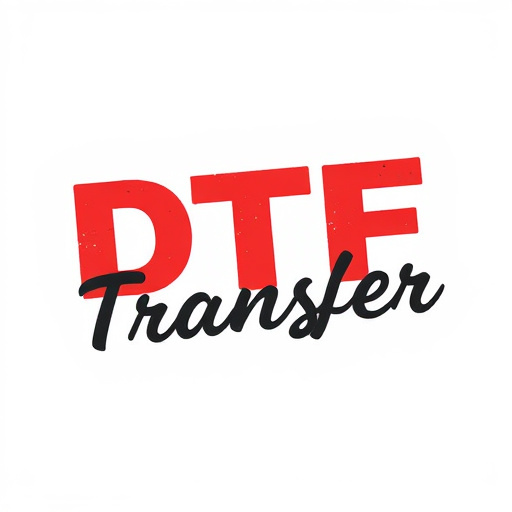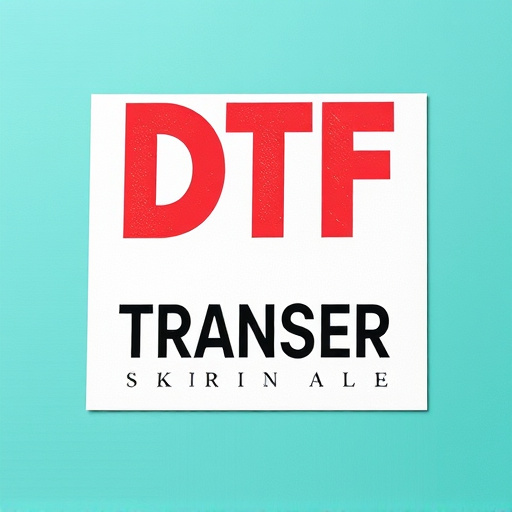Direct-To-Film (DTF) transfer printing is a cutting-edge technology enabling high-quality graphics on various surfaces. It involves applying precise images to heat-active film, which is then transferred to substrates like wood, glass, and metal. DTF offers speed, versatility, vibrant colors, and durability, making it popular for signs, decorations, clothing prints, and promotional products. Heat Transfer Vinyl (HTV) is a related method for textile printing, using vinyl films and heat to fuse ink onto fabrics. While DTF has advantages like faster production and better material compatibility, it's limited to smooth surfaces and may not withstand harsh conditions or frequent washing. Choosing between DTF and HTV depends on desired print quality, material, speed, and budget.
“Direct-To-Film (DTF) transfer printing and heat transfer vinyl (HTV) are two popular methods for applying designs to a variety of materials. While HTV has been the go-to method for years, DTF offers a promising alternative with its ability to print directly onto various substrates, enhancing efficiency and quality.
This article delves into the world of DTF Transfer, exploring its advantages, limitations, and optimal applications compared to traditional HTV methods, helping you choose the best technique for your printing needs.”
- Understanding Direct-To-Film (DTF) Transfer: A Brief Overview
- Heat Transfer Vinyl: The Traditional Method and Its Process
- Advantages of DTF Transfer Over Heat Transfer Vinyl
- Disadvantages and Limitations of DTF Transfers
- Applications of DTF Printing: Where is it Most Effective?
- Choosing Between DTF and Heat Transfer Vinyl: Key Considerations
Understanding Direct-To-Film (DTF) Transfer: A Brief Overview
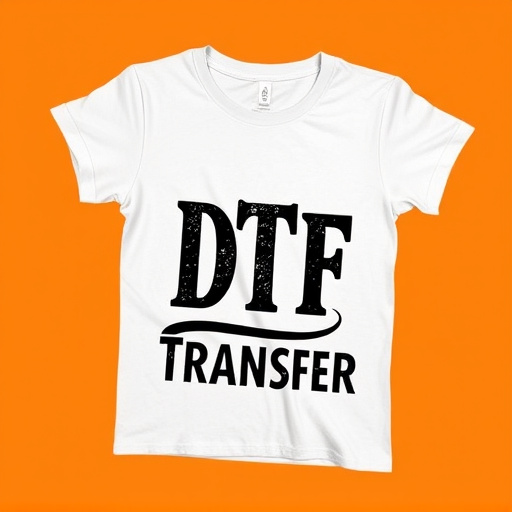
Direct-To-Film (DTF) transfer is a cutting-edge printing method that has revolutionized the way we apply graphics to various surfaces, particularly in the fields of signmaking and decorative arts. This technology enables high-quality prints to be achieved directly onto film, which can then be transferred onto almost any material, including wood, glass, metal, and more. The DTF process involves using specialized printers that deposit ink onto a transparent film, creating a precise and detailed image.
DTF offers numerous advantages over traditional printing methods, such as speed and versatility. It allows for complex designs with fine line details and vibrant color reproduction. The films used are typically heat-active, meaning they become permanently affixed to the substrate when heated during application, ensuring long-lasting durability and water resistance. This method is especially popular for creating custom signs, posters, decorations, and even clothing prints, offering businesses and creatives a dynamic way to bring their designs to life with ease.
Heat Transfer Vinyl: The Traditional Method and Its Process

Heat Transfer Vinyl (HTV) has been a traditional method for applying graphics and designs to various surfaces for decades. The process involves using a specialized vinyl film infused with inks, which is then heated and pressed onto the desired material. This technique allows for detailed and vibrant DTF prints, particularly suitable for textiles, clothing, and promotional products. The versatility of HTV makes it possible to create both simple and complex designs, ensuring a diverse range of applications.
The DTF transfer process begins with setting up the design digitally, using software designed for cutting and printing. Once the artwork is finalized, a vinyl film is selected based on the material it will be applied to. The film is then cut precisely around the design using a cutter or laser, exposing the ink underneath. During application, heat and pressure are used to fuse the ink from the vinyl onto the substrate, creating a permanent bond. This method offers a cost-effective solution for bulk orders and allows for easy customization, making it a preferred choice for many businesses and DIY enthusiasts alike.
Advantages of DTF Transfer Over Heat Transfer Vinyl
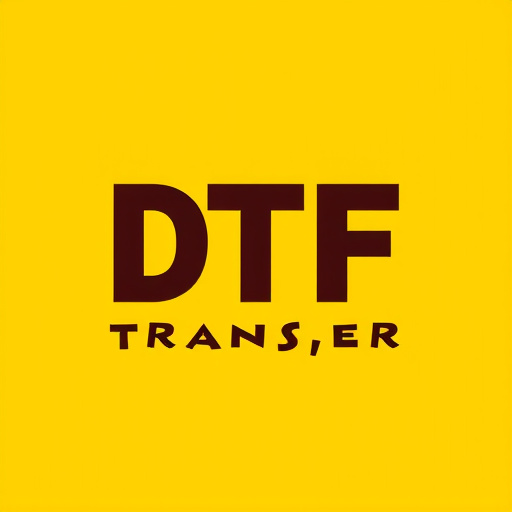
Direct-to-film (DTF) transfer offers several advantages over heat transfer vinyl for various applications. One of the key benefits is its ability to produce high-quality, vibrant prints directly on a wide range of materials, from textiles to plastics and metals. DTF Printing technology eliminates the need for intermediate layers, ensuring that the design’s colors remain rich and true to the original. This direct approach also results in faster production times compared to traditional heat transfer methods, making it an attractive option for businesses seeking efficiency without compromising on quality.
Additionally, DTF Transfer prints are known for their durability and resistance to fading, peeling, or cracking over time. The bonding strength of DTF to the substrate is superior, ensuring that the printed designs withstand rigorous use and exposure to elements. Moreover, this method allows for more design flexibility as it can accommodate complex artwork and fine details, making it ideal for creating intricate patterns and personalized items.
Disadvantages and Limitations of DTF Transfers
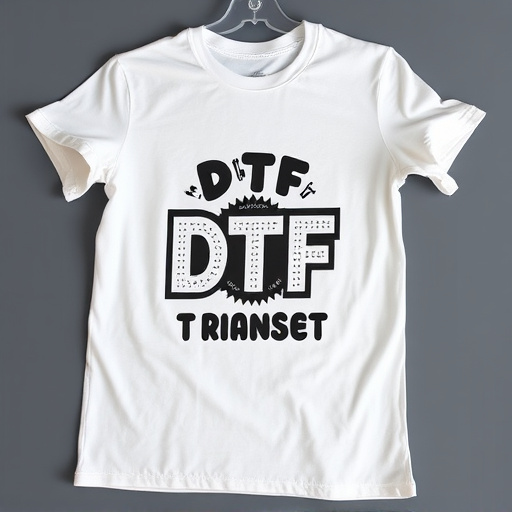
While Direct-to-Film (DTF) transfers offer many advantages for applying designs to various surfaces, they also come with certain disadvantages and limitations. One significant drawback is their suitability only for specific materials. DTF transfers are best applied to smooth, non-porous surfaces like plastic, glass, or metal, making them less ideal for fabrics or rougher materials that can disrupt the transfer process. This limitation narrows down the range of applications compared to heat transfer vinyl (HTV), which is more versatile and compatible with a broader spectrum of substrates.
Another challenge with DTF transfers is their potential for print imperfections and lower durability. The precision of the design reproduction depends heavily on the quality of the film and the printing equipment used. Even slight variations can lead to visible artifacts or misprints, especially when dealing with intricate designs. Moreover, DTF prints may not withstand frequent washing or exposure to harsh conditions, as the adhesive is often not as robust as those used in heat transfer vinyl applications, leading to potential peeling or fading over time.
Applications of DTF Printing: Where is it Most Effective?
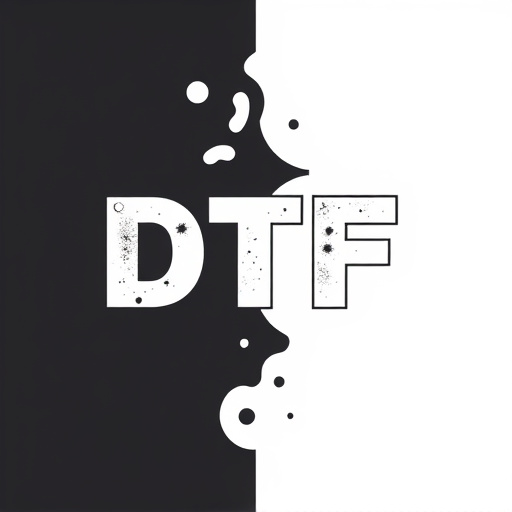
Direct-to-film (DTF) printing has found its niche in various applications, particularly where speed and efficiency are key. Its effectiveness lies in its ability to produce high-quality prints directly on a wide range of materials, from textiles to plastics and metals. In the apparel industry, DTF is a game-changer for small businesses and custom designers. It allows them to create on-demand, personalized garments with intricate designs, offering a cost-effective alternative to traditional screen printing.
But the versatility of DTF goes beyond clothing. It’s also widely used in signage and advertising for creating bold, eye-catching displays. The technology enables quick production of posters, banners, and window graphics, making it ideal for businesses that need to adapt their marketing materials swiftly. Moreover, DTF prints offer excellent durability and water resistance, ensuring the designs withstand outdoor conditions and remain vibrant for longer periods.
Choosing Between DTF and Heat Transfer Vinyl: Key Considerations
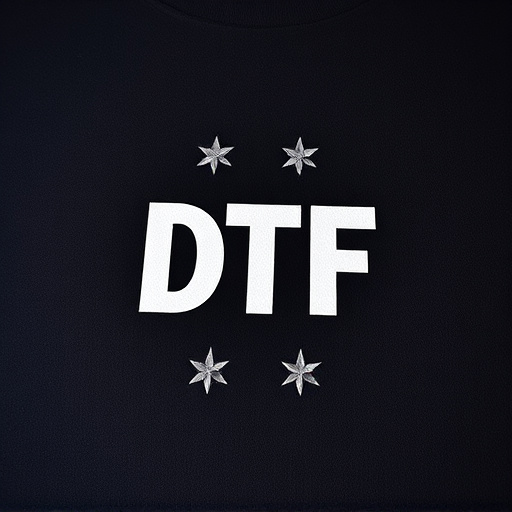
When deciding between direct-to-film (DTF) and heat transfer vinyl applications, several key considerations come into play. DTF transfers offer a seamless printing process, allowing for intricate designs with vibrant colors directly onto various materials, including textiles and plastics. This method is ideal for creating high-quality, long-lasting DTF prints that resist fading and cracking over time.
Conversely, heat transfer vinyl involves applying cut-out vinyl graphics to a substrate through heat and pressure. While it provides excellent durability and a wide range of design possibilities, it may not offer the same level of color vibrancy as DTF transfers. The choice between DTF and heat transfer vinyl depends on factors such as desired print quality, material compatibility, production speed, and budget, ultimately determining the best method for specific application needs.
